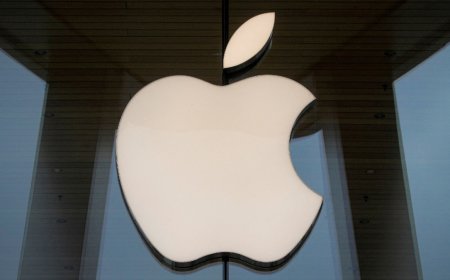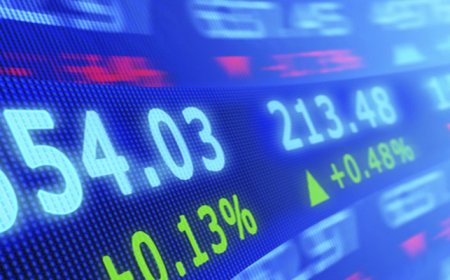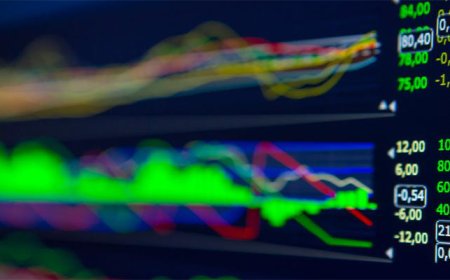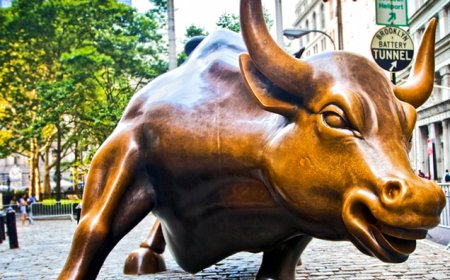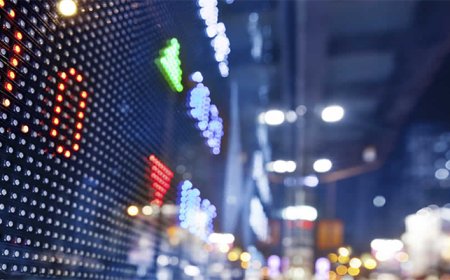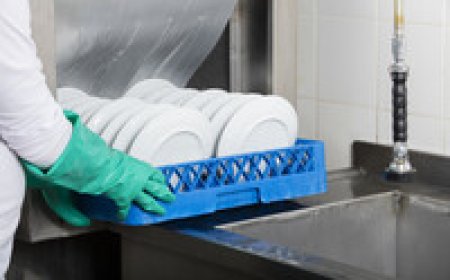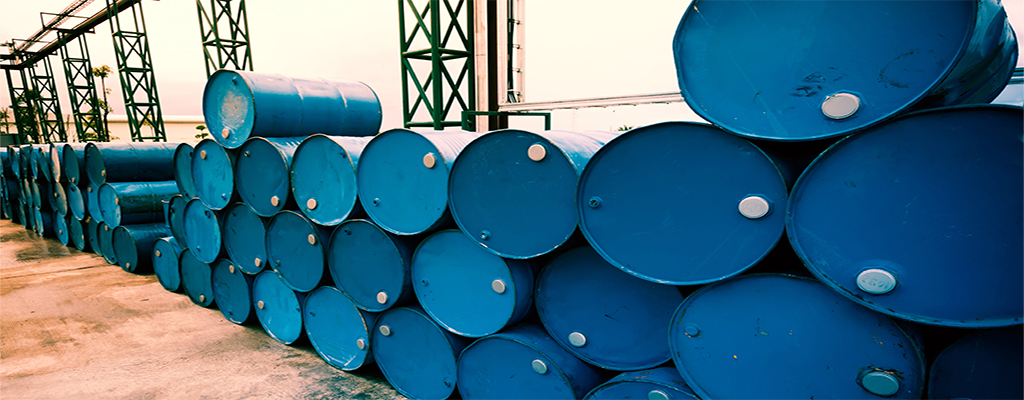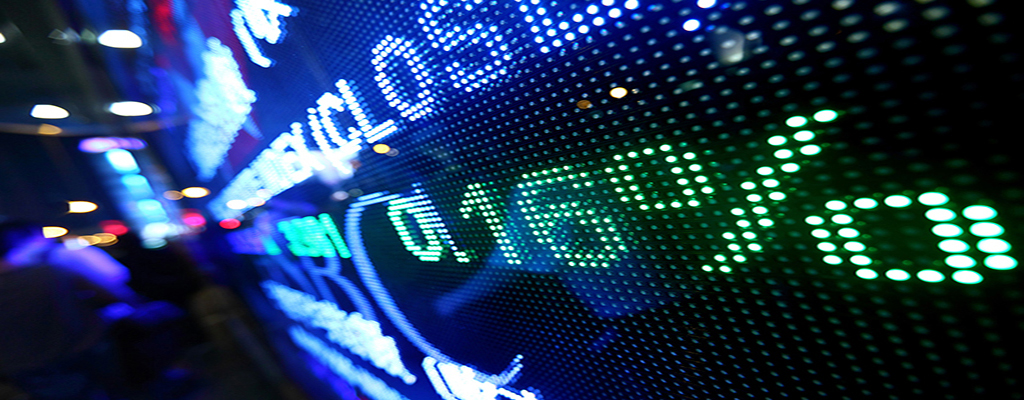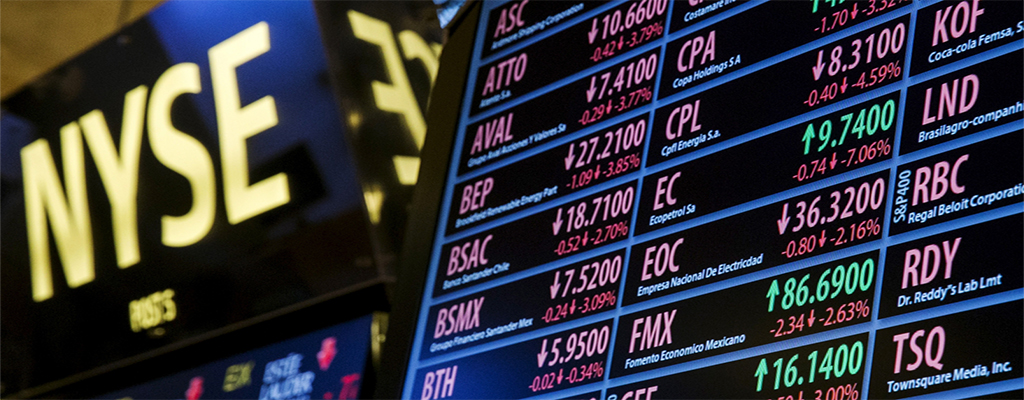U.S. Banks Likely To Boost Dividends After Annual Stress Test
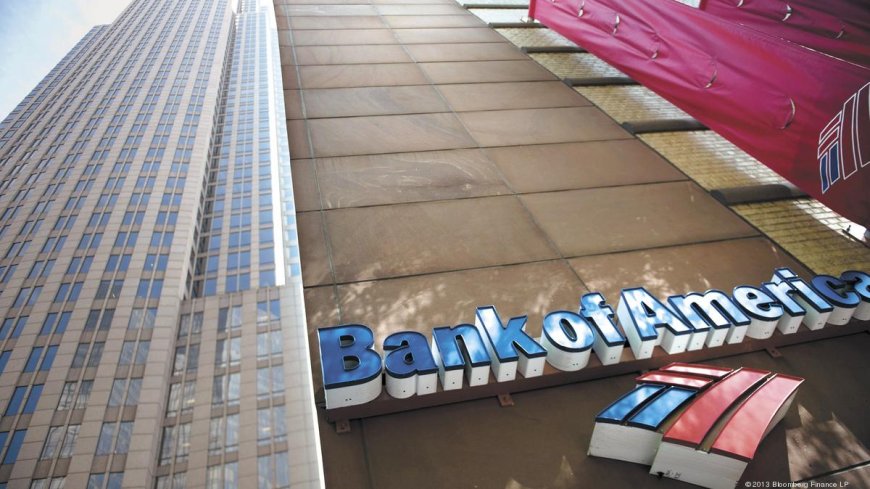
Leading U.S. banks are expected to boost their dividend payments once they pass the U.S. Federal Reserve’s annual stress test.
The stress test, conducted each summer, determines the health of major U.S. lenders such as JPMorgan Chase (JPM), Bank of America (BAC) and Wells Fargo (WFC), and whether they have ample capital to withstand a financial crisis.
The results of the latest stress test will be released by the U.S. central bank on June 27 and will show how much cash lenders need to hold to withstand a severe economic downturn.
Most Wall Street analysts expect the banks to easily pass the test, as they have done since the yearly exercise was introduced after the 2008-2009 financial crisis.
The big U.S. banks typically boost their dividend payouts to shareholder after the stress test is concluded and the amount of cash the lenders need to hold in reserve is finalized.
JPMorgan Chase has issued a note to clients saying it expects the banks to increase their quarterly dividend payments by an average of 3% this year and boost their stock buybacks.
The stress test for banks this year is expected to be less onerous than in previous years. And the test looks to become more manageable for banks going forward.
This April, the U.S. Federal Reserve began a process to overhaul the annual stress test, which would include averaging results to reduce volatility and giving banks more visibility into how they are graded by the central bank.
The stock of JPMorgan Chase, the biggest American bank and world’s largest commercial lender, has risen 17% this year to trade at $281.26 U.S. per share.
